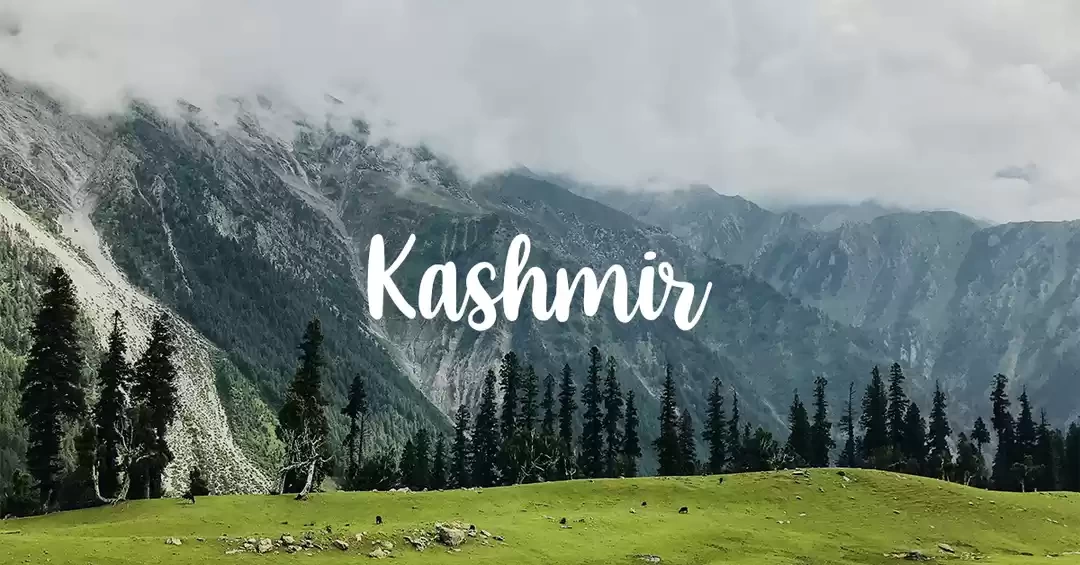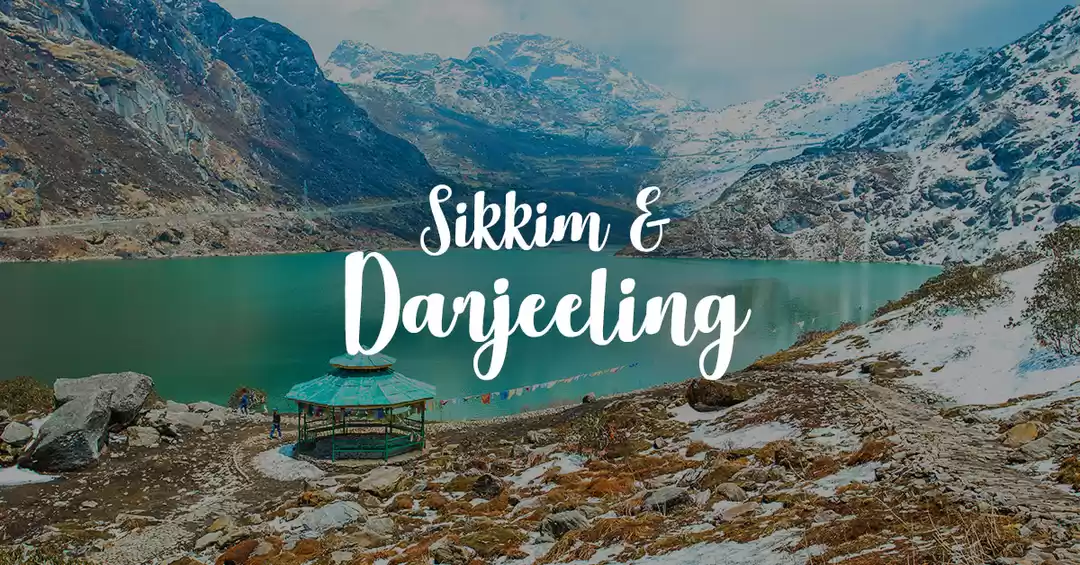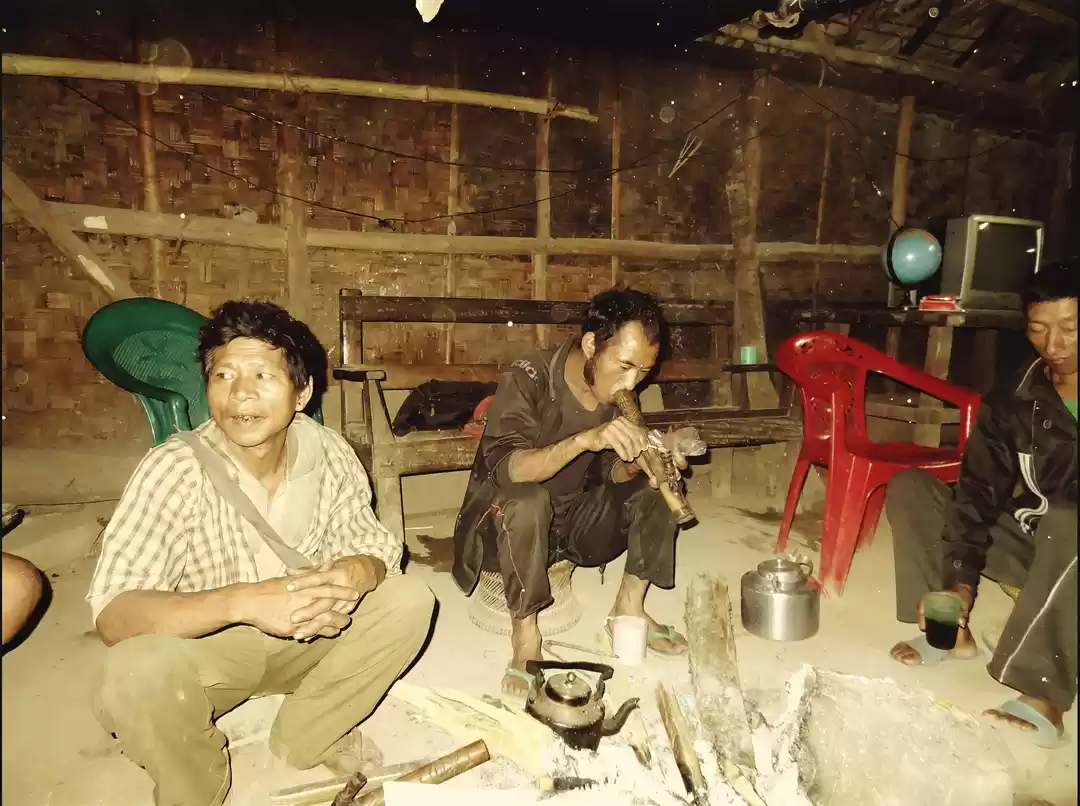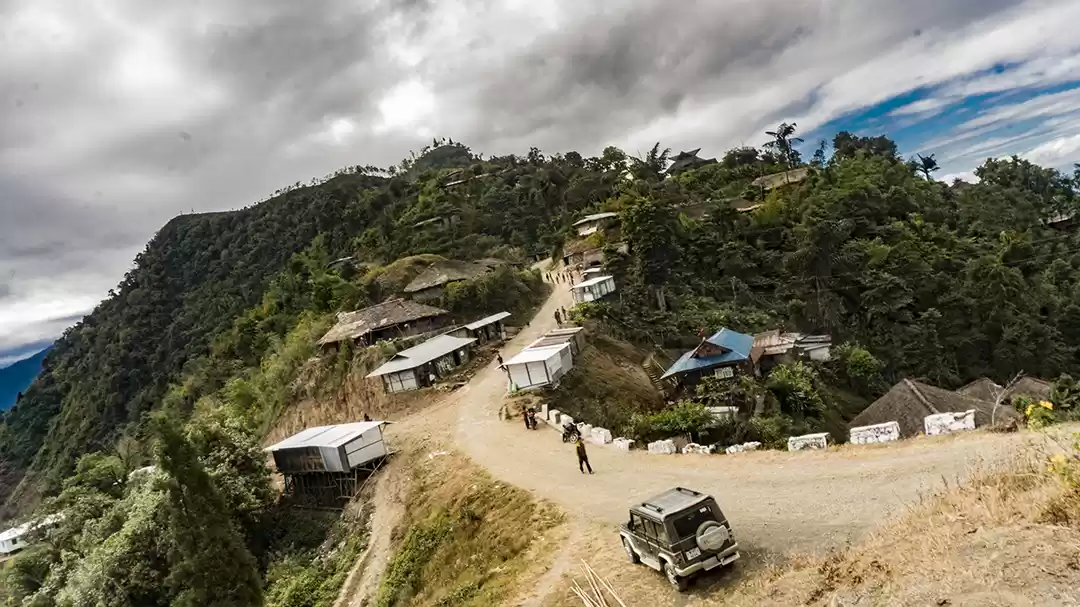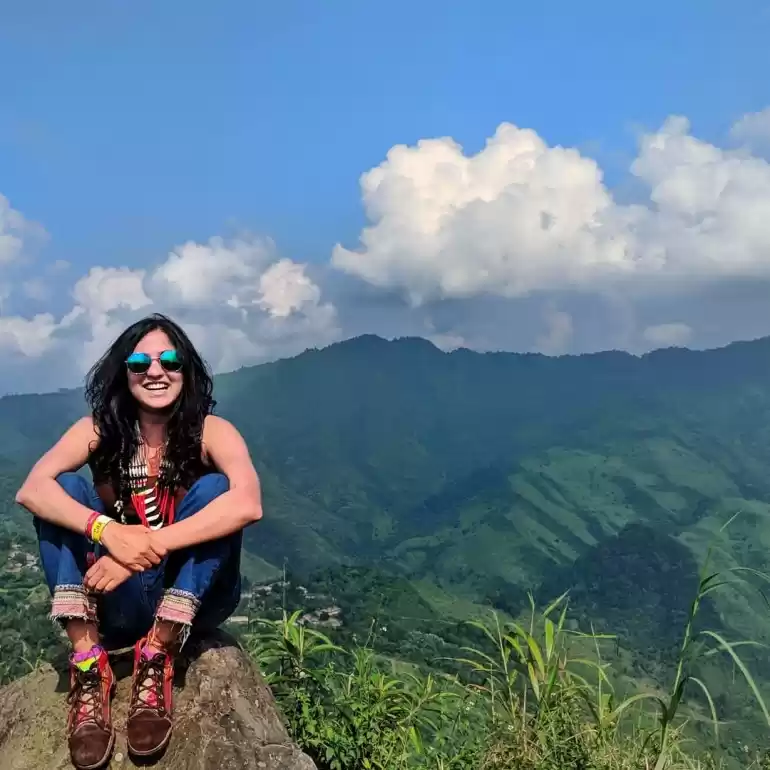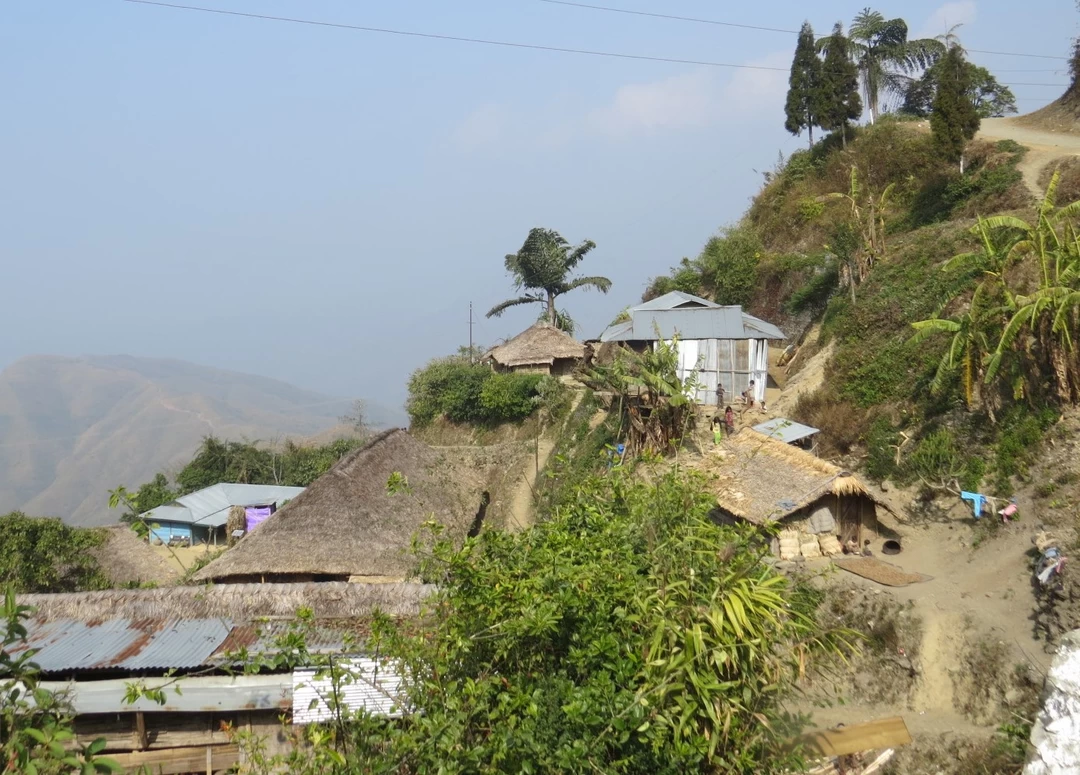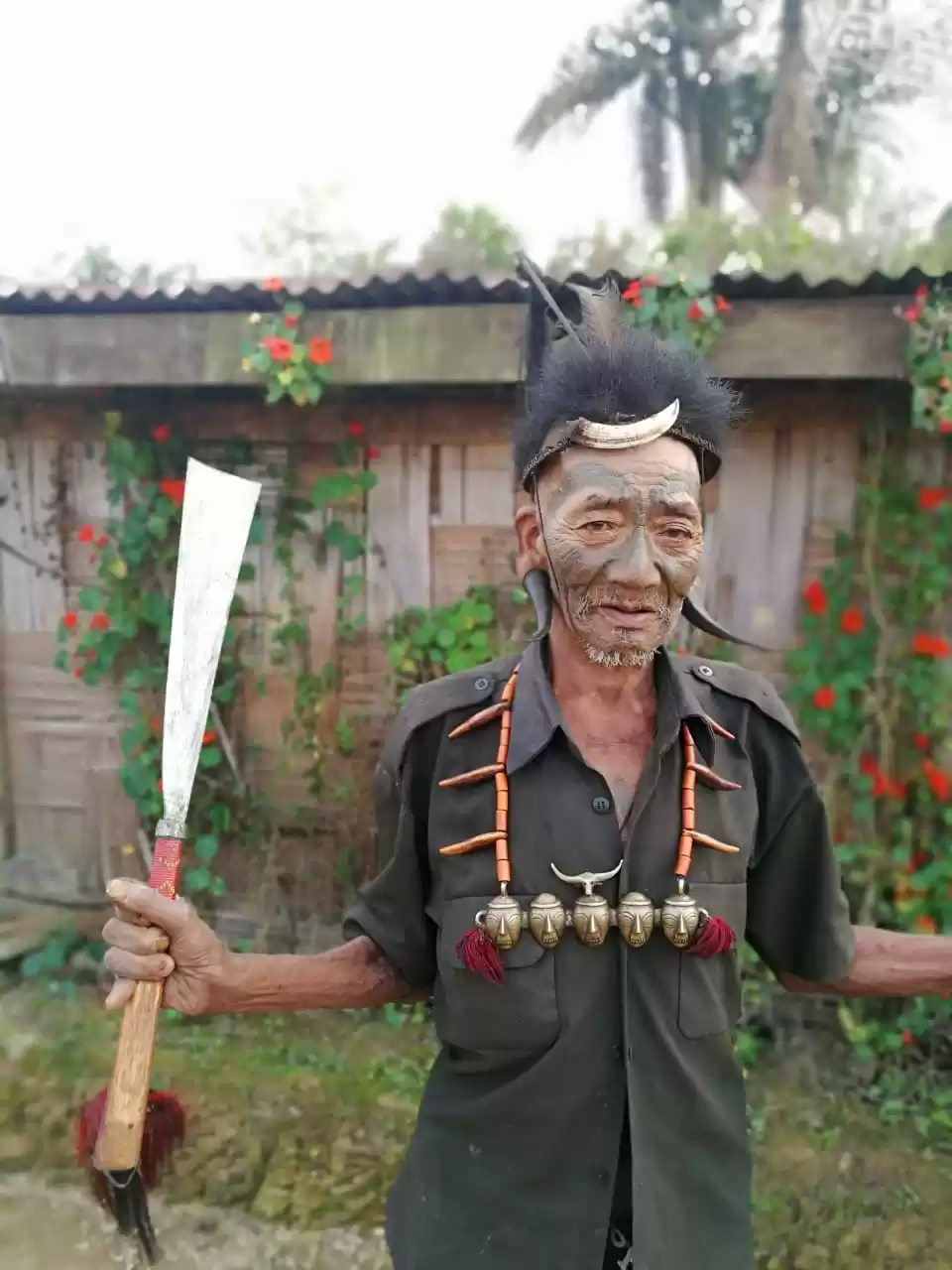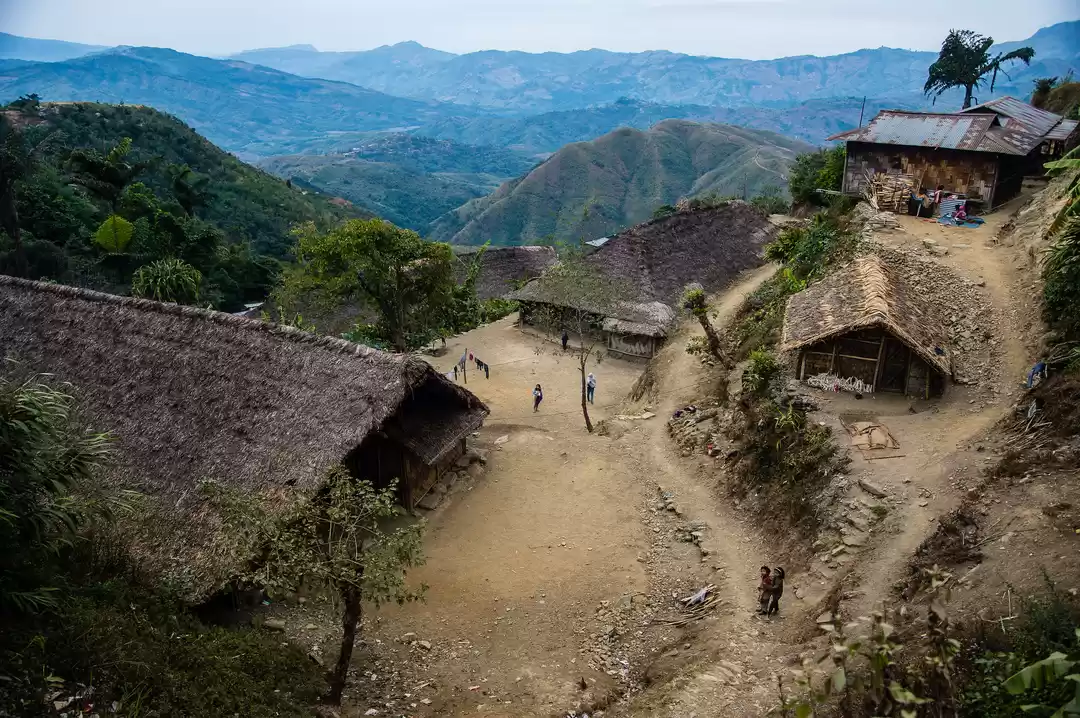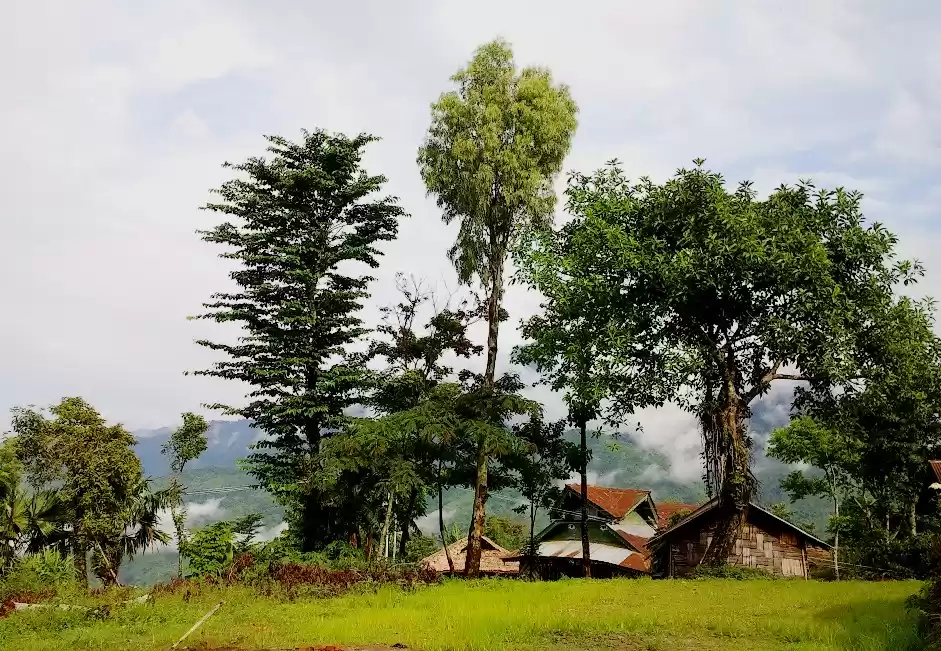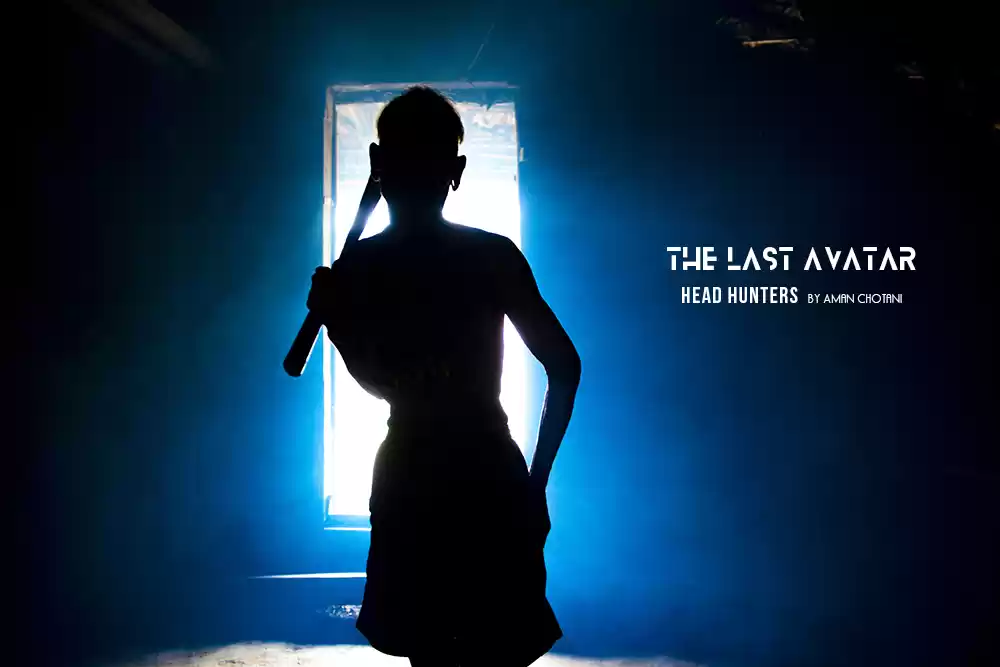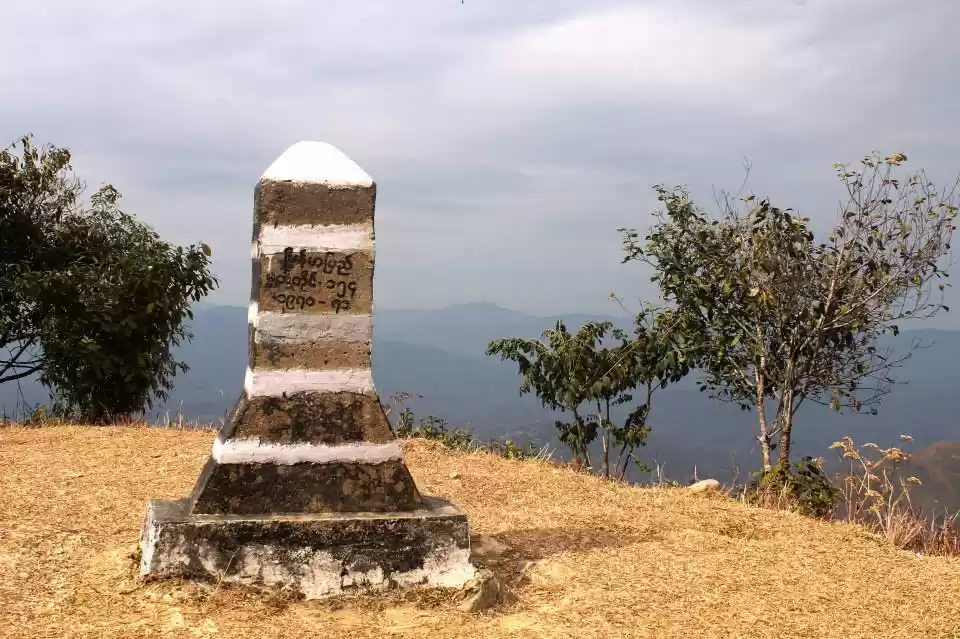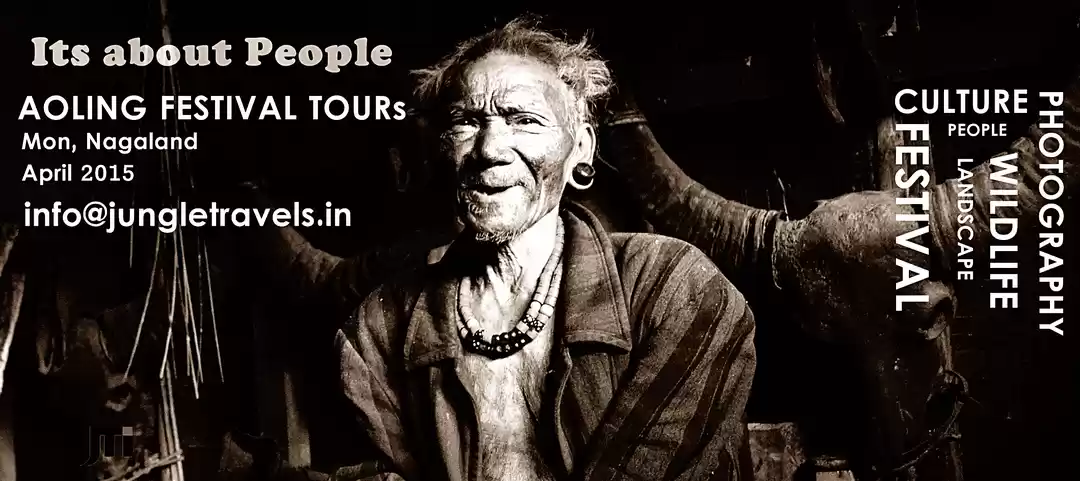The land of Nagas is not one of the touristy places in India. Given its difficulty in reaching the place, its remoteness is one of the alluring factors of this state! I experienced non-cliched events on this trip of mine and I am sure you are going to want to add Nagaland to your bucket list after reading this blog post!
It was September 2018, when I read this on Instagram, I was shaken a bit. I let all the words sink in my one by one.
• Last surviving
• Tattooed
• Head-hunters
• In India! In my own country?!
I read this line a zillion times before I could believe something like this exists in India! My immediate step was to research the agency who was planning a trip there and the most important – read about the last surviving tattooed head-hunters of India!
One of the last surviving tribes of Nagaland is the Konyaks. Out of the 17 tribes, Konyaks were the last ones to adopt civilization and leave their warrior culture behind.
This happened over a due course when British missionaries started spreading Christianity in these areas and Nagas accepting Christianity around 1846/1847 (according to the first Naga convert mentioned in two books) and finalized it in 1871/1872.
My further research showed other unbelievable things that I would be exploring in Nagaland.
Some places like a palace lying on an Indo-Burma border, smoking the reprimand opium, catching sunsets on the idyllic rolling tea estates in Assam Nagaland, learning about Nagaland folklore which we were oblivious of, trekking on Indo-Burma border, learning about the intrepid tattoo history and morungs!

How to reach Mon, Nagaland?
With research done, tickets booked, I packed my bags and left for Mumbai airport (I missed my flight due to Spice Jet’s delay and I had to re-book another one) for Guwhati airport and immediately for Johrat Railway Station for an overnight train journey.
I got down at Johrat to travel to Majuli. Read how I spent 2 days in Majuli Island, Assam here.
After an entire day’s road trip ordeal from Majuli, we reached Mon, Wakching in Nagaland.
My 10 unbelievable experiences in Mon & Longwa, Nagaland
After spending 2 days in Majuli, Assam, (read here) we left for Mon, Nagaland to begin our east adventures.
With ILP in place, we were ready for a 7 hour daunting road journey to Mon!
.
Staying at Phejin Konyak’s house in Shiyong
Phejin Konyak is the great-granddaughter of the erstwhile head-hunter and the author of ‘The Konyaks Last of the Tattooed Headhunters‘.
After witnessing a sunset in this utopia, we were greeted by fur balls, lots of foliage and flowers in Phejin’s humble abode.
She has spent 4 years documenting her tribe’s history by visiting all the villages and speaking to the elderly. Her book encompasses ALL the details and history of her tribe. I would recommend reading this book to learn about our nation’s rich culture and history!
She owns a bungalow by the name Konyak Tea Retreat amidst her own estates where she practices organic farming. We heard a lot of stories from her about how is life living on the hills as a single woman and about her tribe we were extremely happy about getting first-hand information.
Author Phejin Konyak’s hands with numerous types of tattoos done with different means. She also has a tattoo on her arm designed by the last person in the tribe who knew how to make one using the traditional methods and tools!
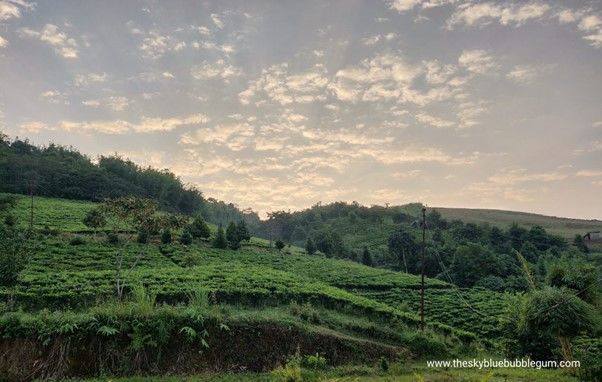
Crossing mountains to reach the village
The transformer at Phejin’s broke down were left with no electricity for two days. We didn’t need any fans since the climate was pleasant.
However, we had to charge our numerous gadgets. This called for a 3 -5 hours trek ACROSS A MOUNTAIN to Phejin’s relative’s house. The trek was a beautiful trail of tea gardens, plenty of insects, stairs, houses, locals working, kids playing marbles and football with plastic trash molded into a ball!
Once we reached this Naga house, we were welcomed by furry friends, playful kids, houses which ornamented skulls of various birds and animals, and warm red tea.
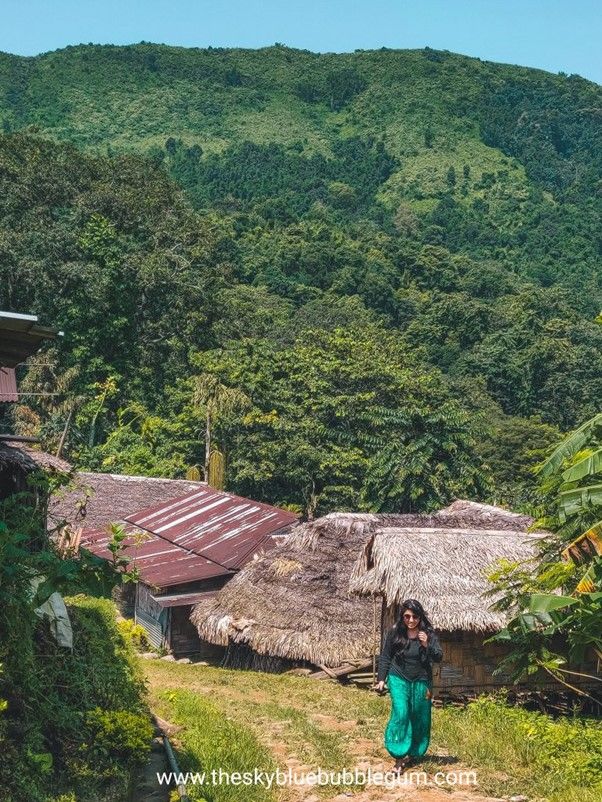
Meeting the only Gunmaker of Longwa, Nagaland
Visiting a King’s palace – divided by Indo-Burma border
Fascinating and unbelievable, isn’t it? I had really not heard or seen any place that has a country’s border!
It is said that the king eats in India and sleeps in Burma because the border cuts right through his massive long house!
Please ensure you have a local / tour guide with you while entering the house as a mark of respect
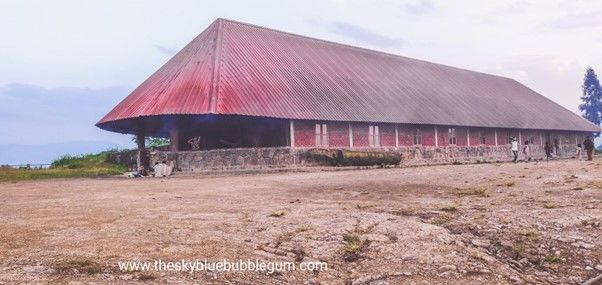
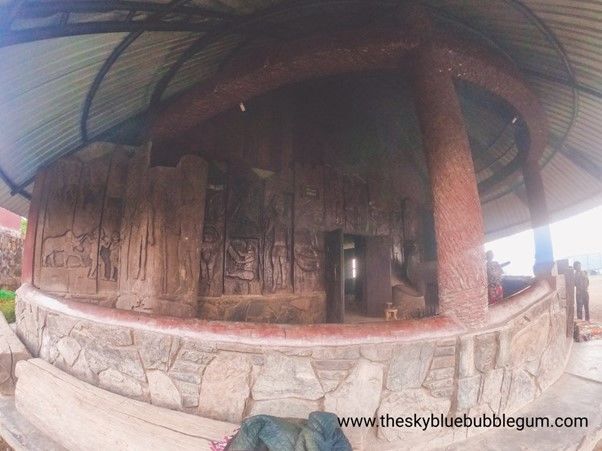
Knowing the tattoo history
Of all the tribes that lived in the hills of what is now Nagaland, the Konyaks were particularly feared.
Tattoo on the face and body was a mark of heroism in the Naga tribes. Face tattoos, were reserved for warriors — specifically those returning from conflicts or raids with enemy heads.
A warrior’s status was seen by the number of tattoos on his body which was equivalent to the number of heads chopped and the number of skulls decorated on the entrance of the house.
Post civilization and government deeming the practice as idiosyncratic, human skulls on the house is replaced by Mithun skulls.
Men and women have different kinds of tattoos depending on the caste, work and heads chopped. The bravest warrior was to have a tiger’s tattoo on his chest!
The tribesmen’s body art is slowly fading from sight, both literally and figuratively.
Since Christian missionaries arrived in the region during the second half of the 19th century, headhunting and the accompanying tattoo ritual have been gradually consigned to history.
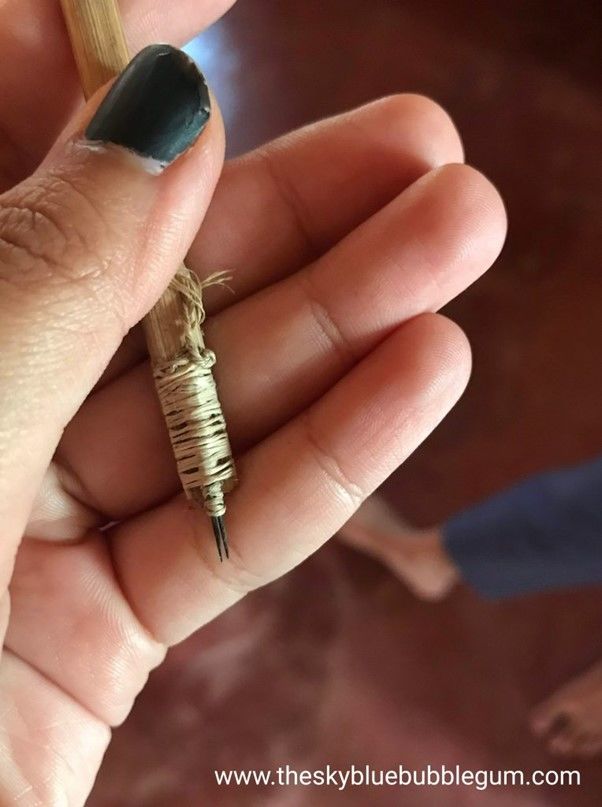
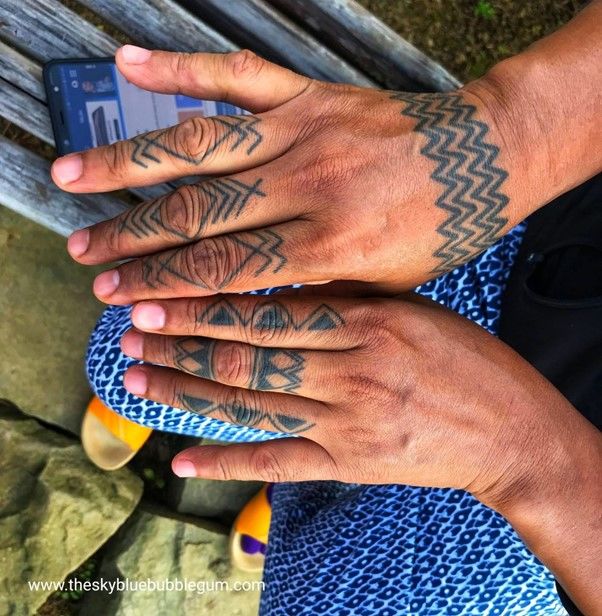
The Opium Experience
The Longa village is notoriously known for its opium cultivation and consumption. Deemed illegal by the government of India, consumption of opium is still practiced fearlessly in Longwa.
We had a chance to experience the reprimanded opium from a fellow opium veteran.
He arrived in the evening with small square cloth pieces soaked and dried in opium. After he heated them in a small vessel, it formed a film on the vessel. He was simultaneously stripping the leaves which he used to wipe the thin film off by thin strips of leaves formed into a ball. That ball was heated and broken into small pieces. These pieces were placed on the holder on the pipe. Once lit, we had to take a small drag from it and immediately sip warm black tea, gulp it down and then release the smoke. The warm tea would ensure not harming the throat due to the smoke.
The men on the border are addicted to opium. Longwa is known for this notorious reason. The introduction of opium here is under debate – whether it was originally Indian or introduced by the Brits to ensue less revolt while capturing the land. Us smoking opium was once in a lifetime experience that we enjoyed. However, everything is good to experience as long as it doesn’t become an addiction.

A trek on Indo-Burma border
Yes, you read it right.
30 meters from our homestay is Burma (now Myanmar) is a two-hour trek on the border. You can keep your one foot in India and another in Burma! Fascinating, isn’t it?

Rendezvous with the erstwhile last surviving tattooed head-hunters
Konyaks are known as the bravest tribe of the north east India! Do you know why? Do you know of the king who got his penis tattooed? Did you know why they chopped enemies’ heads? Do you know about the tribe’s most coveted tiger tattoo?
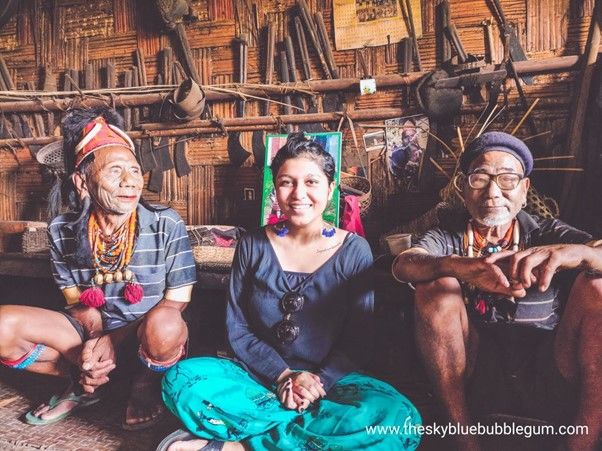
Bhootjolakhia
The world’s spiciest chilly is found in the land of Nagas! While I have heard numerous gob-smacking stories about this experience, I chickened out when it came to me tasting the chilies!
I have to go back to Nagaland for various reasons and I am going to go back for this spine-chilling (read tongue numbing) experience of tasting bhootjolakhia!
.
Morungs
The Konayak’s boys hotel is known as Morung. This formidable tribe’s young boys were trained here since their childhood. Society’s etiquette, how to behave with women, how to fight, how to defend, how to get tattoos, everything was taught to them under this roof.
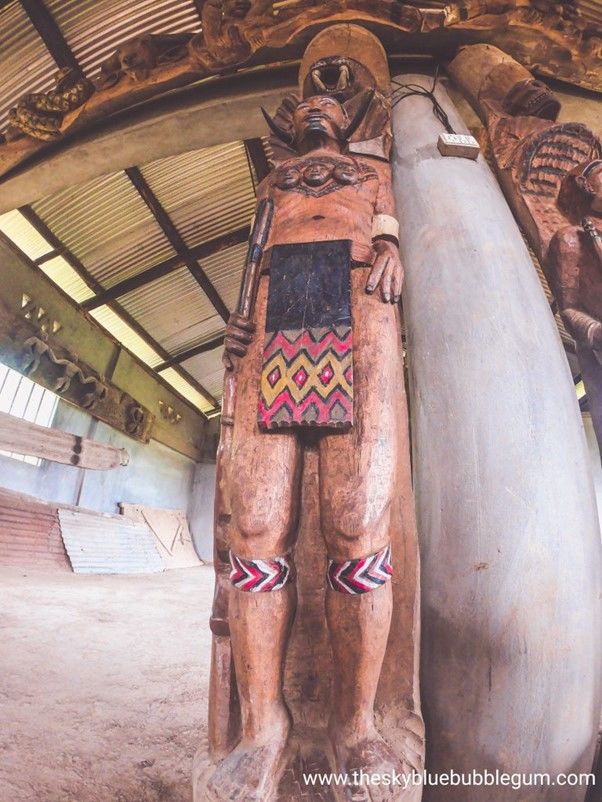
Costs for exploring Mon & Longwa, Nagaland
You can check the details on their website - This is NOT a collaboration with with ChalloHoppo because of their professionalism and their knowledge/reach in North East India.
Please note – You will need ILP to enter some parts of Nagaland.
.










